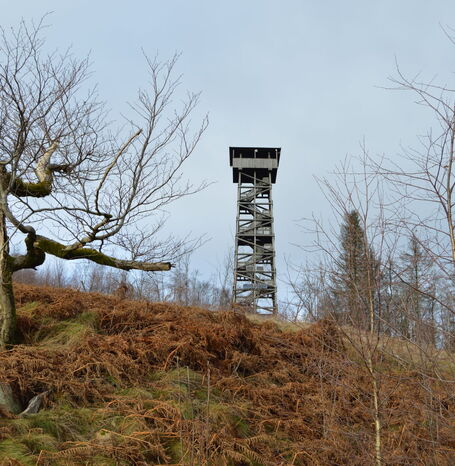Along the ridge, the rock also known as Kellerwald quartzite, which is particularly resistant to weathering, regularly comes to the surface. This Kellerwald quartzite, typical of the Kellerwald, is part of a long but narrow rock train that extends from the Westerwald, through the Kellerwald, into the Harz Mountains and beyond. The rock finds its origin in the Lower Carboniferous (358.9 - 298.9 million years ago) in a former basin area, in which once ablation material collected. In subsequent times, these sediments were fossilized, metamorphically overprinted by pressure and heat, and tectonically uplifted.
A visit to the Desert Garden is worthwhile not only because of the geological features. Immediately at the summit, remains of a former fortification can be discovered, which prove a historical use of the plateau. Once at the summit, the Kellerwald tower is located at an altitude of 675m, from which one can enjoy an impressive distant view of the Hesse region.
Discover the spring bog complexes of the Hoher Keller!



